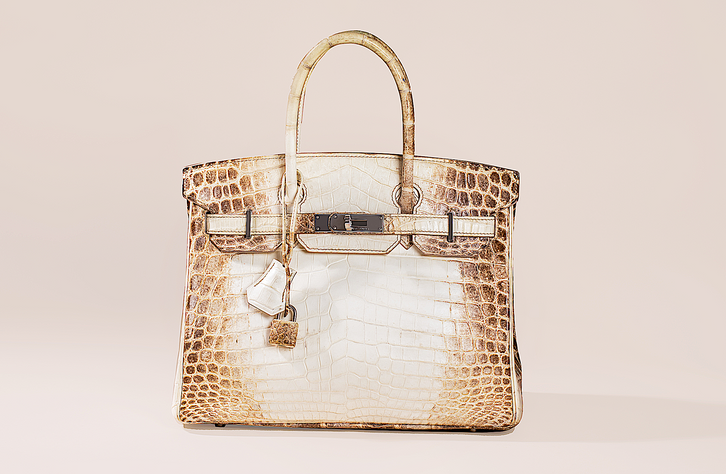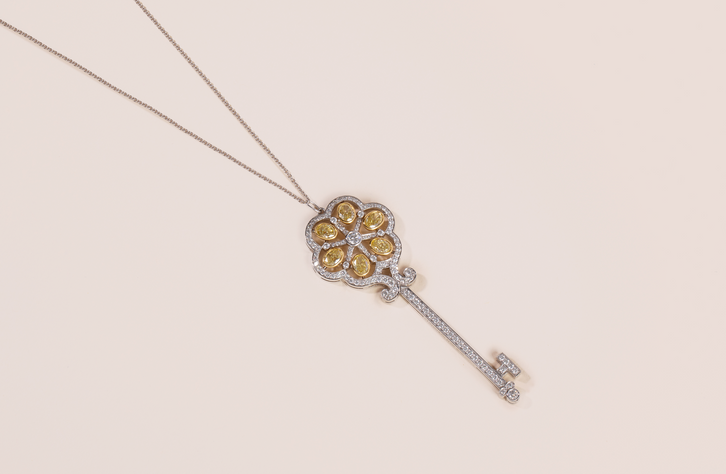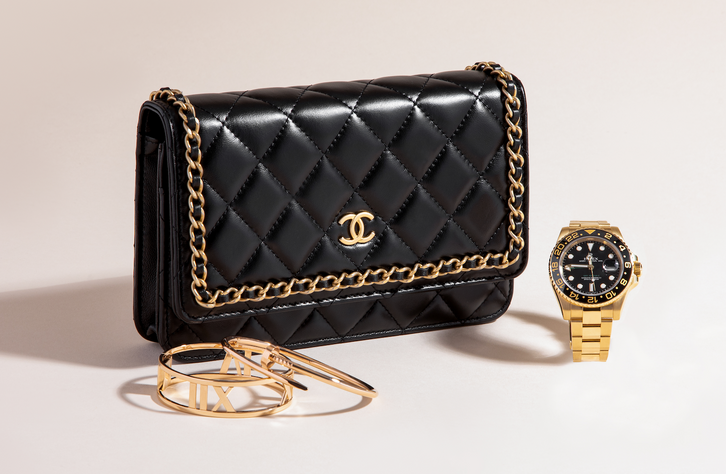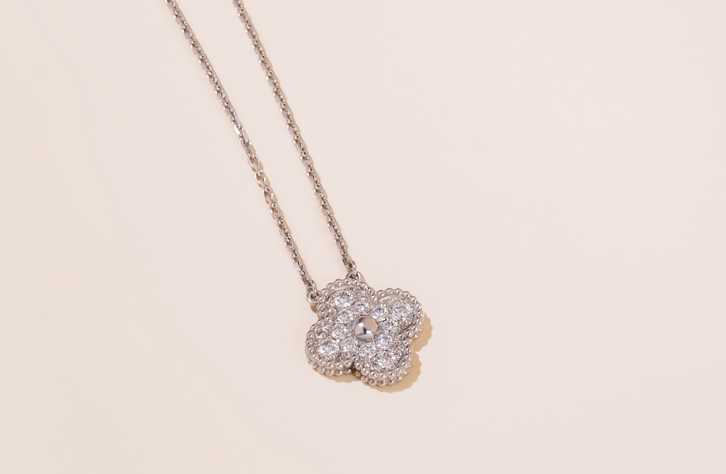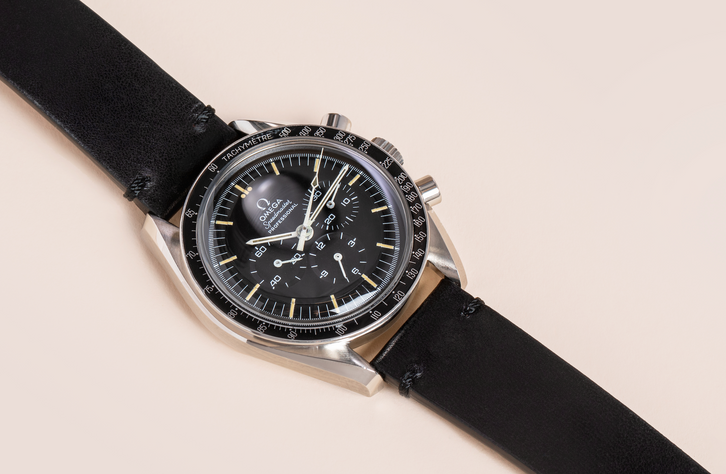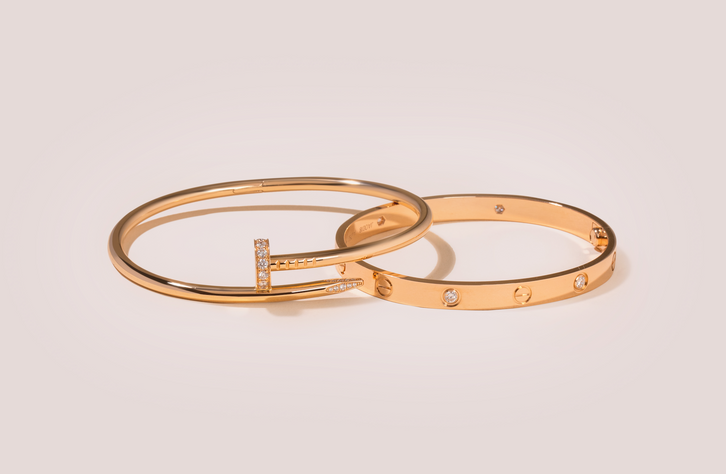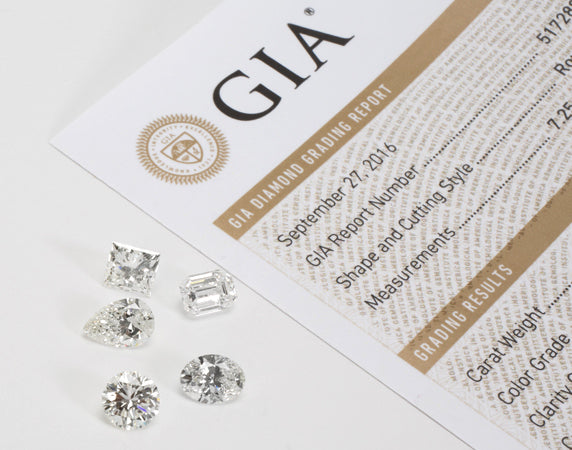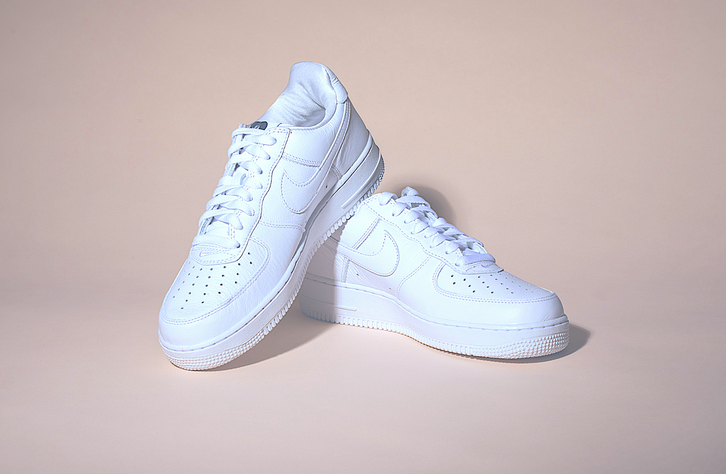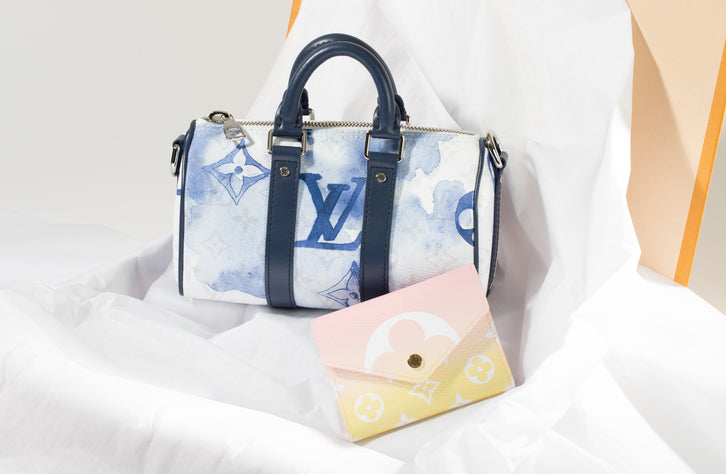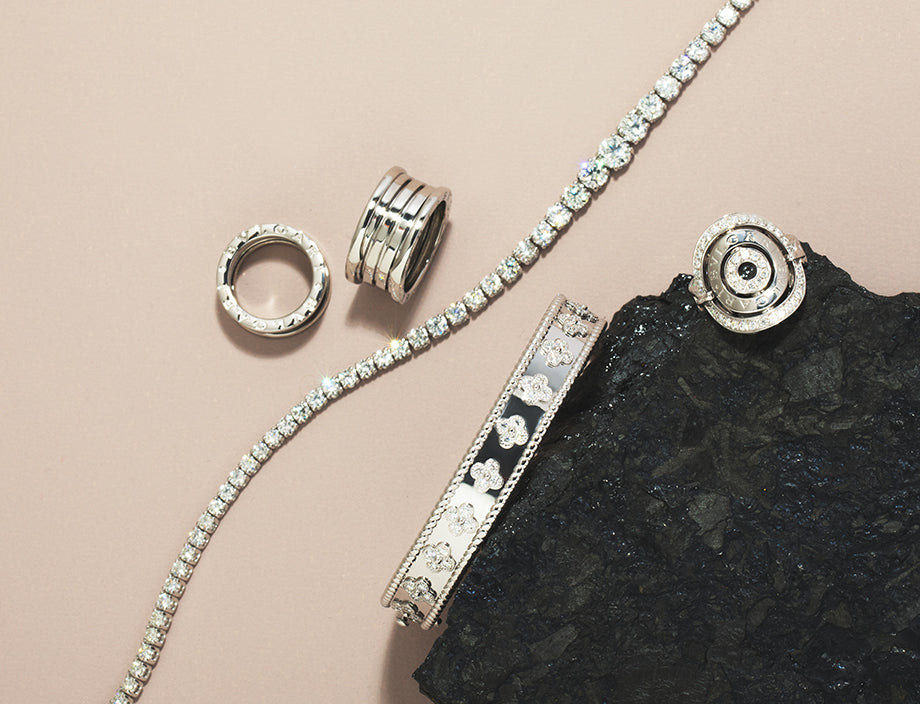Discover:
- The origin of engagement rings
- Engagement ring traditions from around the world
- How to upgrade your engagement ring
The History Of Engagement Rings
Steeped in history, the tradition of an engagement ring dates back to the Ancient Egyptians. They believed that rings were symbols of eternity and that their fourth finger of their left hand was connected to their heart, and as such would use this as their ring finger. Their rings are believed to have been braided from reeds and hemp. Brides in Ancient Rome on the other hand were gifted two rings: one in gold (to be worn in public) and in iron (to be worn at home). These rings were worn on the fourth finger of the left hand because it has a vein that connects directly to the heart, called the vena amoris.
 The ancient Greeks wore a plain gold band on the left hand which moved to the right hand when married. Meanwhile in Ancient Rome, Roman women wore a ring on their right hand to symbolize their passing from the house of their father to their husband’s.
The ancient Greeks wore a plain gold band on the left hand which moved to the right hand when married. Meanwhile in Ancient Rome, Roman women wore a ring on their right hand to symbolize their passing from the house of their father to their husband’s.
It was not however until the late Middle Ages that diamonds appeared on engagement rings. In 1477 Archduke Maximilian of Austria commissioned the first diamond engagement ring for his soon to be wife, Mary of Burgundy. The ring was comprised of several diamonds arranged to form the letter “M” for her name. As nobles typically gave their future wives jewelry, Mary’s engagement ring popularized diamond rings among European aristocracy and nobility to signify engagement.
Engagement Ring Traditions From Around The World
Engagement ring traditions in South America:
- Chile: Men and women wear engagement rings on their right hand when engaged and once married, move the rings to their left hand.
- Argentina: Couples exchange rings during their engagement rather than during the wedding ceremony.
Engagement ring traditions in Europe:
- France: Rather than diamonds, French brides are more likely to have their engagement rings adorned with vibrant gemstones like sapphires, emeralds and rubies. Traditionally, the bride-to-be will also gift her groom with a watch.
- Ireland: The Claddagh ring, which features two hands holding a heart adorned with a crown, can indicate a person’s relationship status. The hands represent friendship, the heart symbolizes love and the crown embodies loyalty. When a person is single, or not in a serious relationship, the Claddagh ring is worn in the right hand with the crown turned away from the wearer. If in a relationship, the ring is still worn on the right hand, but with the crown facing them. When engaged, the Claddagh ring is worn on the left hand with the crown facing outward. Once married, the ring is worn on the left hand with the crown facing the wearer.
- Sweden: The bride and groom wear simple gold or silver bands as engagement rings, and the bride receives a diamond ring on her wedding day.
- Germany: When dating, couples wear a promise ring on their left hand. Once married, the couple will move the same promise ring onto their right hand.

Engagement ring traditions in Africa:
- Kenya: Rather than just rings, ornate beaded jewelry is bestowed to the future bride. The types of adornments and colors used will vary depending on multiple factors, such as the couple’s region and religion.
Engagement ring traditions in Asia:
- China: Traditionally, money, jewelry or other valuables were given to the prospective bride while she presents the groom with a dowry that may consist of linens, furniture or a tea set. Today, many brides have started to follow the western engagement ring tradition.
- Vietnam: On the couple’s engagement day (not to be confused with the wedding day), the groom’s family will present gifts to the bride’s family. Either 3, 5, 7, 9 or 11 gifts will be prepared, depending on the family’s wealth. These gifts may consist of wine, roasted pig or a husband-wife cake. The families will pray to their ancestors for their approval of the marriage and once the ritual is complete, the husband-to-be presents his future wife with an engagement ring.
- Thailand: Men will ask for their future bride’s hand in marriage through a “thong mun” ceremony which means “gold engagement.” The man will present his prospective bride with golden jewelry that may also include an engagement ring to demonstrate that he has the means to take care of her.
- India: Traditionally, women wear iron bangles which symbolize good fortune and prosperity. On her wedding day, the bride will be richly adorned in jewelry including necklaces, headpieces, rings and nose piercings.
- Hindu Cultures: Instead of wearing a ring on their finger to represent their marriage, brides wear toe rings called “Bichiya”. Modern brides may also opt for wearing a ring on their finger.
How To Upgrade Your Engagement Ring
After reading about engagement ring traditions from around the world, are you feeling inspired to update your own ring? myGemma can help you afford the engagement ring of your dreams with our upgrade program. Simply sell any diamond jewelry, designer jewelry (including wedding bands), luxury watches or handbags that you no longer love for cash OR for 10% more in the form of store credit.
Selling with myGemma is always simple, free and fast. We are able to provide all of our clients with competitive cash offers thanks to our global presence and industry connections.
To get started:
- Simply complete our online form to get a price quote on your items.
- After receiving your price quote, you can either schedule an appointment at one of our offices in the United States, UK, Hong Kong of Japan. Or use our free, fully insured, overnight and trackable mailing service to send in your item.
- As soon as our experts are able to see your pieces in person, we will contact you with a firm buying offer which you can accept by wire, check or in store credit.
There is never any obligation to sell and we can always return your items to you for free. Our streamlined, professional service and unparalleled customer service has earned us an A+ rating with the BBB and hundreds of excellent reviews.
Click the button below to find out how much you can get paid for your diamonds, designer jewelry and watches today.









